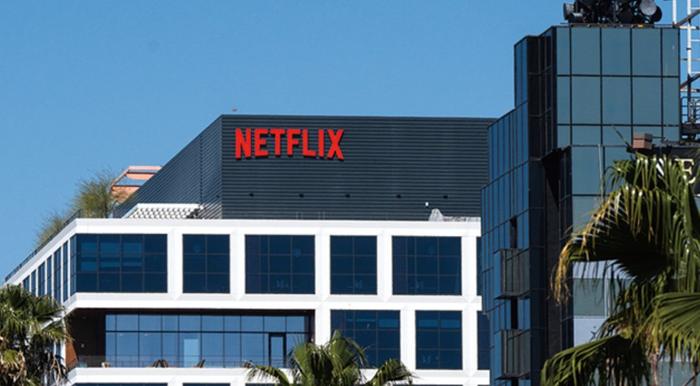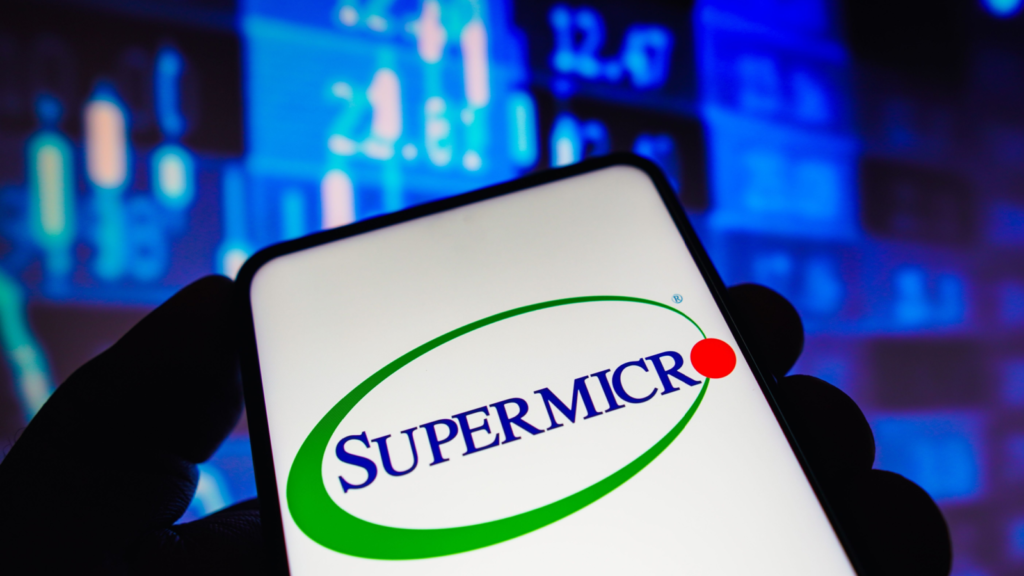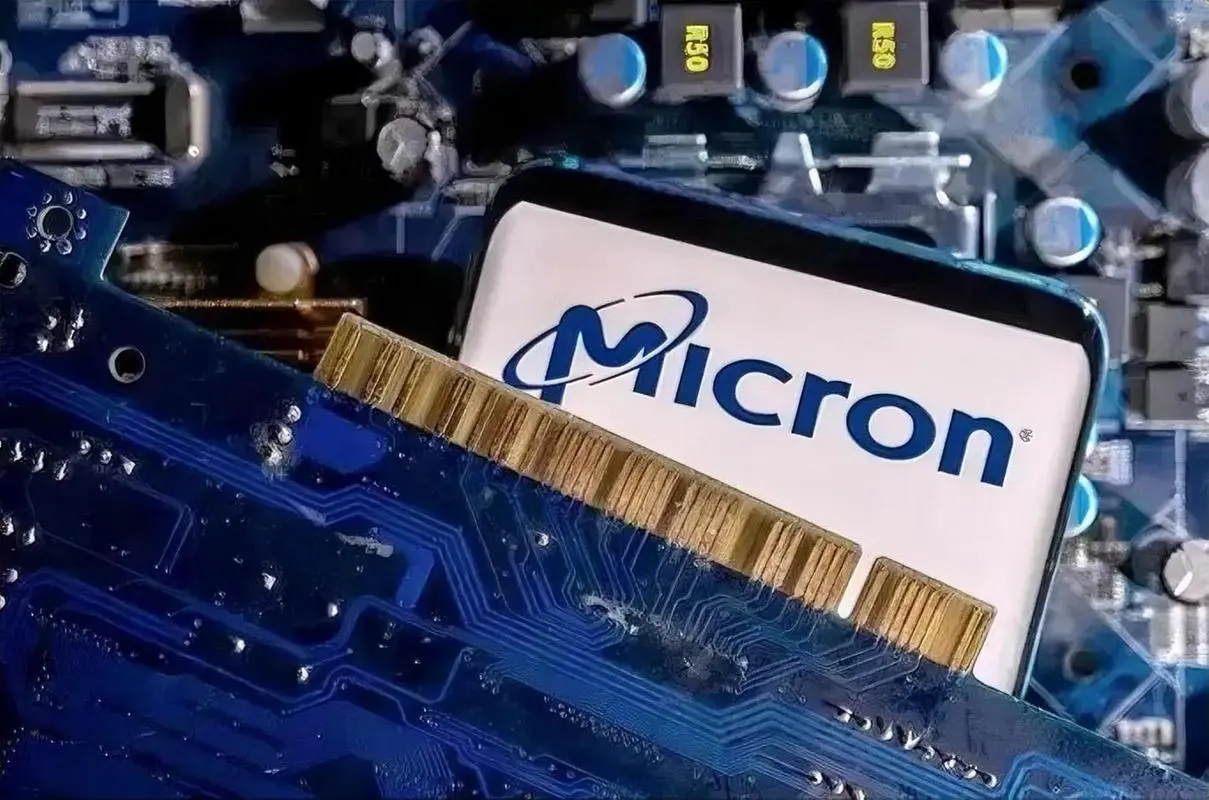In the wake of recent layoffs, Tesla Inc.(TSLA) made a significant announcement on April 20th, revealing price reductions across its entire lineup, including the Model Y, Model S, and Model X. The move aims to enhance affordability and accessibility for Tesla’s electric vehicles (EVs) worldwide.
On Tesla’s official U.S. website, prices for the Model Y, Model S, and Model X have been slashed by $2,000 across the board. The Model Y now starts at $42,990, with the Long Range version priced at $47,990, and the Performance version at $51,490, all reduced by $2,000 compared to previous prices. Similarly, the Model S is now priced at $72,990, while the Plaid version starts at $87,990, reflecting a $2,000 reduction. The Model X also sees a $2,000 price drop, with the standard version now priced at $77,990 and the Plaid version at $92,990.
Meanwhile, on Tesla’s China website, the Model Y is now priced at 249,900 yuan, with the Long Range version at 290,900 yuan, and the Performance version at 354,900 yuan. The Model S is listed at 684,900 yuan, with the PLAID version priced at 814,900 yuan. The Model X sees a price reduction to 724,900 yuan, with the PLAID version at 824,900 yuan.
The decision to reduce prices globally underscores Tesla’s commitment to expanding its market reach and driving EV adoption. By making its vehicles more affordable, Tesla aims to attract a broader customer base and maintain its competitive edge in the rapidly growing EV market.
This announcement comes shortly after Tesla’s recent workforce downsizing, which was aimed at streamlining operations and improving efficiency. While the downsizing may have initially raised concerns among investors, the subsequent price reduction demonstrates Tesla’s proactive approach to addressing market dynamics and maintaining its leadership position in the EV industry.
The impact of these price reductions on Tesla’s global business strategy and financial performance remains to be seen. However, the move is expected to bolster Tesla’s sales volume and market share, potentially translating into improved financial results and investor confidence.
Overall, Tesla’s decision to implement a global price reduction reflects its ongoing efforts to democratize sustainable transportation and accelerate the world’s transition to renewable energy.







